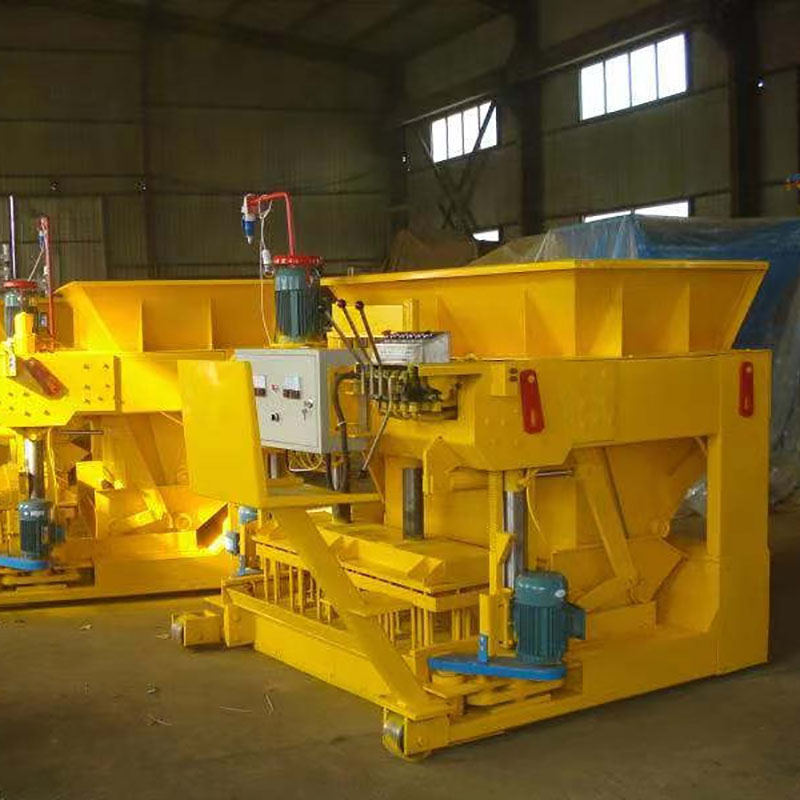
Image source:Aiwei block machine
Introduction
The global construction industry relies heavily on bricks as a primary building material, and the demand for efficient and cost-effective brick production has led to the development of a wide variety of brick making machines. However, the prices of these machines can vary significantly from one region to another, influenced by a range of factors. In this article, we will conduct a comparative analysis of brick making machine prices worldwide, exploring the factors that drive these variations and providing insights into the dynamics of the brick-making machinery market.
1. Regional Disparities
One of the most striking aspects of brick making machine prices is the substantial regional disparities. In economically developed countries such as the United States, Canada, and Germany, brick making machines tend to be more expensive due to higher labor costs, strict environmental regulations, and advanced technological features. In contrast, in emerging economies like India, China, and some African nations, brick making machines are often more affordable, primarily due to lower labor costs and less stringent regulatory frameworks.
2. Machine Capacity and Automation Level
Machine capacity and automation level are critical determinants of price variation. Higher-capacity machines that can produce a larger quantity of bricks in a shorter time command higher prices. Likewise, fully automatic machines, which require minimal human intervention and offer higher production efficiency, are generally more expensive than manual or semi-automatic machines. The choice between manual, semi-automatic, and fully automatic machines depends on the scale and goals of brick production, which further influences prices.
3. Raw Material Compatibility
The type of raw material used in brick making can also significantly impact the price of machines. For instance, machines designed for clay brick production differ in design and functionality from those optimized for concrete or fly ash bricks. Manufacturers catering to a broader range of raw materials often offer more versatile machines but at a higher cost. This versatility can be advantageous in regions where multiple raw materials are readily available.
4. Technological Advancements and Features
Technological advancements have led to the integration of sophisticated features in modern brick making machines. These features include automatic feeding systems, real-time monitoring, energy-efficient components, and precise control over the brick-making process. While these features enhance production efficiency and quality, they also contribute to higher machine prices. Developed countries are more likely to adopt and invest in advanced technologies, leading to higher prices in these regions.
5. Local Manufacturing and Import Costs
Local manufacturing can significantly affect machine prices. In regions where brick making machine manufacturing is established, local production reduces import costs and enables competitive pricing. Conversely, in countries heavily reliant on imports, additional expenses such as shipping, customs duties, and taxes can elevate the overall machine cost. The presence of local manufacturers can create price competition and lower prices for buyers.
6. Brand Reputation and Customer Support
Well-established manufacturers with a strong brand reputation tend to command higher prices for their machines. Buyers often prioritize purchasing from reputable manufacturers because of the assurance of quality, reliability, and comprehensive customer support. The availability of after-sales services, spare parts, and technical assistance can justify the higher cost of machines from renowned brands.
7. Government Policies and Regulations
Government policies and regulations can have a substantial impact on machine prices. Some countries offer incentives, subsidies, or tax breaks to encourage the adoption of environmentally friendly and energy-efficient brick making technologies. Conversely, strict environmental regulations can drive up costs by requiring advanced pollution control measures. The overall impact of government policies on machine prices varies from one country to another.
8. Currency Exchange Rates
Exchange rates can play a significant role in determining the cost of imported brick making machines. Fluctuations in currency exchange rates can either increase or decrease machine prices for buyers in specific regions. A strong local currency can make imported machines more affordable, while a weaker currency can drive up costs.
Conclusion
The pricing of brick making machines worldwide is subject to a complex interplay of regional disparities, machine capacity and automation level, raw material compatibility, technological advancements, local manufacturing, brand reputation, government policies, and currency exchange rates. As the global construction industry continues to evolve, understanding these factors becomes essential for both manufacturers and buyers to make informed decisions when investing in brick making machinery. Moreover, the choice between upfront machine costs and long-term production efficiency is a critical consideration for brick manufacturers worldwide.
